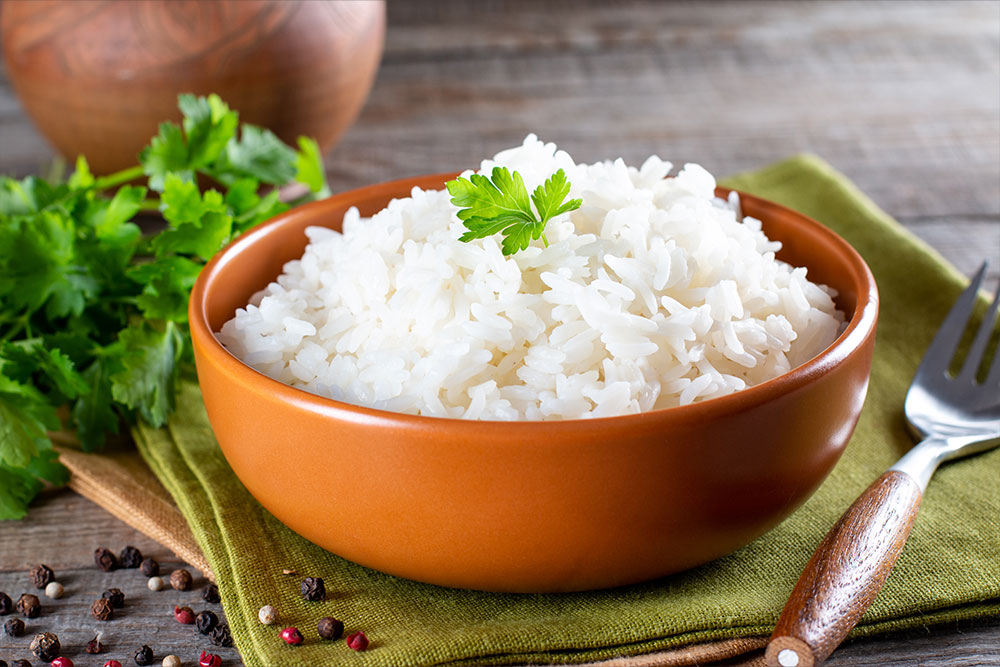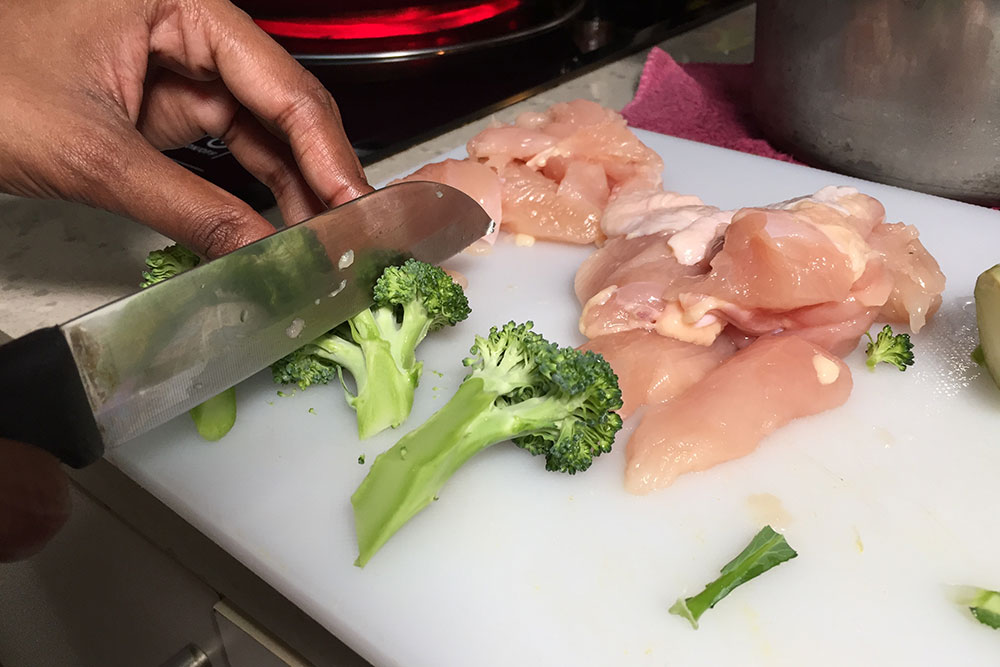
Have you ever fallen ill after eating something? It’s not a pleasant experience. What seemed like a delicious meal or snack can become an upset stomach. If you provide or serve food to others, you may wonder what high risk foods are and how to use them safely? Well, wonder no more because we’ll investigate that in this blog.
Food poisoning is common. In fact, there are over 2.4 million cases in the UK annually. Any type of food can cause food poisoning, but certain foods are considered high risk.
What Does High Risk Mean?
High risk food can be food items considered ‘high risk’ to certain people, such as those with allergies, compromised immune systems, children, pregnant women and seniors.
But for this blog, the definition of high risk food is foods that support the multiplication of harmful pathogenic bacteria, making particular items ‘high risk’.
What Are High Risk Foods?
High risk foods make a perfect home for bacteria and foodborne illness to thrive. Commonly known high risk foods for spreading bacteria are those that contain high levels of protein, like dairy products and cooked meat. They’re also not too acidic, as this can kill microbes. Likewise, storing these foods at temperatures that aren’t too hot or cold allows bacteria and illness to multiply.
Examples of high risk foods include:
- Cooked meat and poultry
- Smoked salmon
- Prepared salads and vegetables
- Cheesecake
- Cooked sliced meats such as delicatessen meats
- Cooked chicken pieces
- Milk, cream, ice cream
- Meat gravey, sauces, pâté, and meat pies
- Eggs – particularly foods made with raw egg, like mayonnaise
- Seafoods – shellfish, oysters, cooked prawns
- Cooked rice, pasta, cooked potato and unwashed vegetables
These foods require strict temperature controls to keep them safe and need protection from cross-contamination.
How Do High Risk Foods Cause Food Poisoning?
Let’s look at different types of bacteria that can affect high risk foods and how they lead to food poisoning.
Salmonella – Probably the most known, it’s an infection that causes diarrhoea and stomach pains. Contamination and undercooking of foods are generally the causes of salmonella poisoning. The best way to reduce salmonella risk is to safely handle foods and wash hands regularly, especially after touching animals
Campylobacter – Campylobacter is the most common cause of food poisoning in the UK. It is mainly due to undercooked poultry
Listeria – It’s present in raw (unpasteurised) milk, food products made from it, and processed meats, like bacon. Listeriosis poses a substantial risk because it can live in cold temperatures like refrigerators. It can only be destroyed through thorough cooking
Escherichia coli (E.coli) 0157 – E. coli can potentially cause fatal harm, especially to the elderly and young children. Ensuring meat is thoroughly cooked through reduces the risk of this type of food poisoning
Clostridium Perfringens – The most common source of this bacterium is where large quantities of cooked meals are kept warm for an extended period before they are served. Companies, schools, hospitals and other institutions are the usual offenders of this type of food poisoning because they feed large numbers of people at once
Bacillus cereus – Cooked rice can be infected with this bacterium. Placing cooked rice in the refrigerator as soon as it has cooled helps to prevent the bacteria from growing

Looking at this list, it’s essential to remember that food at high risk, if not cooked through and managed safely for the correct time, are the prime culprits of food poisoning.
How Can I Safety Handle and Store High Risk Foods Correctly?
Here are eight ways that you can handle high risk foods safely:
1. Avoid touching food with your hands
This is a crucial way of contaminating food. Instead, use clean and disinfected utensils, like tongs and forks. Always wear appropriate gloves when handling food.

2. Keep food refrigerated until needed
When you remove food from the refrigerator, you introduce it to a warmer environment, encouraging bacterial growth. It is best practice only to take high risk foods out when ready to prepare or serve them.
3. Keep stored food sealed
Ensuring food is sealed prevents cross-contamination from other foods, such as raw meat.
4. Separate high risk and raw foods
To avoid cross-contamination, make sure to keep high risk foods foods separated. The rule of thumb is to store raw foods on the lower shelves of the refrigerator. This way, no juices can run off/leak onto other food.
5. Keep an eye on your refrigerator temperature
Regularly checking your refrigerator temperature is a crucial step in keeping food safe. Many fridges have temperature displays, but you can also use a thermometer to see if you are within the safe range. What’s the safe range, you may ask. The UK legal requirement is to keep cold food at 8˚C or below. However, it’s recommended that you set the temperature at 5˚C to ensure that food is cold enough.
6. Act quick
Don’t take too much time preparing high risk foods. Quick preparation is vital.
7. Store frozen food at -18°C
When you need to thaw frozen foods, move them to the refrigerator and prepare them within the times on the food safety label.
8. Make sure high risk foods are delivered to you safely
This means doing your due diligence when selecting food suppliers. Before you accept them, do temperature checks of food items while they are still in their insulated delivery vehicles.
You can further reduce the likelihood of cross-contamination by using coloured chopping boards and even coloured knives. But just like high risk foods, you must keep these items separate. So, no mixing them up in the knife block.
Keeping On Top Of It All
When it comes to producing, preparing, and delivering food, keeping on top of safe handling procedures and following the law needs to be an everyday practice. Gaps in your processes and lack of knowledge within your team can lead to your end customer falling ill, not to mention prosecutions and fines. Prevent this by ensuring everyone is up to speed on their food safety knowledge.
Our food safety courses will equip you and your team with the essential knowledge needed to maintain high standards of food safety and hygiene while keeping in line with industry regulations.






















































































































































































































































































































































































































































































































































































































































































































































